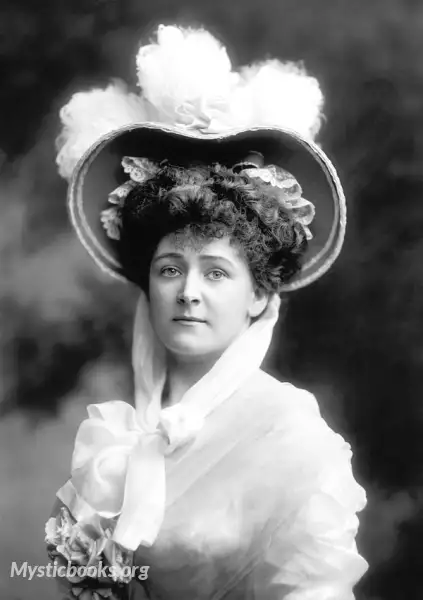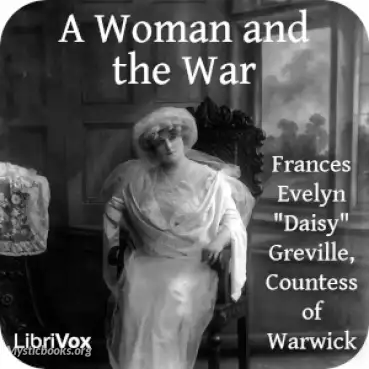
Timeline
Title
Country/Nationality
Frances Evelyn (Daisy) Greville
Frances Evelyn "Daisy" Greville, Countess of Warwick was a British socialite and philanthropist. Although embedded in late-Victorian British high society, she was also a campaigning socialist, supporting many schemes to aid the less well off in education, housing, employment, and pay. She established colleges for the education of women in agriculture and market gardening, first in Reading, then in Studley. She established a needlework school and employment scheme in Essex as well as using her ancestral homes to host events and schemes for the benefit of her tenants and workers. Greville was a long-term confidant or mistress to the Prince of Wales, who later became King Edward VII.
Born at 27 Berkeley Square, London, she was the elder of two daughters of Colonel Charles Maynard and his second wife, Blanche FitzRoy. Blanche FitzRoy was descended from Charles II through his mistress Nell Gwyn via her mother, Jane Beauclerk, and Henry Fitzroy. Blanche FitzRoy was also descended from the Dukes of Grafton via her grandfather Rev. Henry Fitzroy, and through them from Charles II and his mistress Barbara Palmer. Blanche's maternal grandmother, Charlotte Ogilvie, was a daughter of the second marriage of Emily Lennox, one of the Lennox sisters, and through her was again a descendant of Charles II, and his French mistress, Louise de Keroualle. Blanche was only 18 when she gave birth to Frances, whilst Charles was aged 50. Frances would always be known as Daisy. The Maynards' younger daughter and Daisy's sister was named after her mother and was always known as Blanchie. Charles Maynard was the eldest son and heir apparent of Henry Maynard, 3rd Viscount Maynard. As Charles died three months before the Viscount, it was Daisy who inherited the Maynard estates in 1865, including her ancestral home of Easton Lodge in Little Easton, Essex. Two years after her father's death, her mother married 33-year-old Lord Rosslyn, a favourite courtier of Queen Victoria. They had five children, Daisy's half-sisters, including the noted Sybil Fane, Countess of Westmorland; Millicent Leveson-Gower, Duchess of Sutherland; and Lady Angela Forbes.
Frances Maynard was considered a possible wife for Queen Victoria's youngest son, Prince Leopold (later Duke of Albany). The Queen desired this and used Lord Beaconsfield to influence the Maynard family to this end. However, the match fell through, and by mutual choice, in 1881 Frances married Francis Greville, Lord Brooke, the eldest son and heir of George Greville, 4th Earl of Warwick, although her parents did not initially approve.
Lord Brooke succeeded to the earldom in 1893, and the family moved to Warwick Castle. Daisy's first child, and probably the only one fathered by her husband, was Leopold Guy (1882–1928), who later became the sixth Earl of Warwick. Marjorie Blanche (1884–1964), born three years after the marriage, was Daisy's second child. Daisy, in a 1923 conversation with Basil Dean, the husband of Mercy, stated that Marjorie was fathered by Lord Charles Beresford. The third, Charles Algernon (1885–1887), died aged 16 months, and may also have been fathered by Charles Beresford.
Daisy's fourth child was a son, Maynard (1898–1960), and the fifth, a daughter, Mercy (1904–1968). These were fathered by Joseph Frederick (Joe) Laycock, a millionaire bachelor with whom Daisy was infatuated despite his faithlessness to her. Mercy was fathered by Laycock after he had married Katherine Mary (Kitty), the Marchioness of Downshire, on 14 November 1902, after she had been divorced by Arthur Hill, 6th Marquess of Downshire, citing adultery with Laycock.
Books by Frances Evelyn (Daisy) Greville

A Woman and the War
It is not without serious reflection that I have collected these thoughts in war time to offer in book form to those who may care to read and ponder them. They were written for the most part on the spur of vital moments, when some of the tendencies o...